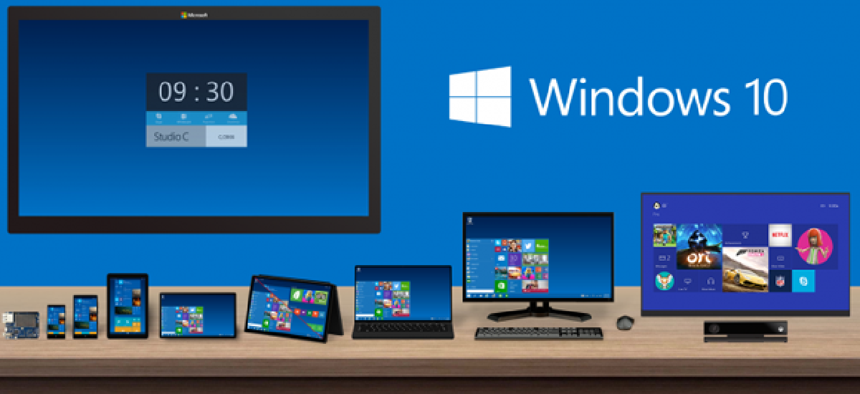Windows 10: One experience on every device

Microsoft is retooling its internal development efforts to produce a single operating system in Windows 10 that will work across various devices.
Microsoft is taking four of its Windows internal development efforts and aiming to produce a single operating system in Windows 10 that will work across various devices, according to Kevin Turner, the company's chief technology officer.
In the past, Microsoft's OS development efforts were focused on embedded devices, mobile devices, laptops/desktops and Xbox, Turner said, but Microsoft now aims to produce a common Windows 10 OS kernel with one API for developers.
Turner provided the Windows 10 update last week at the Credit Suisse Technology Conference, saying the company plans to release Windows 10 by "late summer" or "early fall" 2015, with a "developer preview" of Windows 10 to be available in early summer of 2015.
Speaking to a crowd of financial analysts, Turner emphasized that Microsoft now considers itself to be a "productivity and platform" company focused on a "mobile-first, cloud-first world." While the 39-year-old company cut its teeth and grew to its current size based on its Windows platform, the Windows segment now constitutes the third place money generator for Microsoft, behind its Office and its enterprise software operations.
The Windows 10 platform also will enable Microsoft to create a single Windows store for apps "tailored to every device." Microsoft has previously described some of the management aspects that will be available with a Windows Store that's built for Windows 10. It has also previously described Windows 10 as an eventual replacement for its Windows Phone mobile OS.
Turner described the coming Windows 10 OS as being "the best enterprise release we've ever done." He added that it will have the best of Windows 7's features, along with security, privacy and data protection enhancements. Microsoft's goal is to have Windows 10 "run across billions of devices," including tapping into the Internet of things.
When asked during the event if Microsoft were prepared to lose money on the Windows client operating system, Turner said, "Yes," but he added that Microsoft now plans to monetize Windows in a different way by selling additional services. He said that particular business model would get explained further in the spring and summer of 2015. He rejected the characterization of Windows as a "loss leader" for the company.
Microsoft currently provides Windows without royalties to OEMs building devices that are nine inches or below in size. Turner said that this royalty-free arrangement has generated an increase in OEM device designs from Chinese manufacturers.
OEMs are now turning out $99 Windows tablets and $200 Windows laptops, he added. These low-cost devices will allow Microsoft to "monetize the lifetime of that customer through services and different add-ons," he added.
Examples of services that will allow Microsoft to "monetize the lifetime" of its customers include OneDrive, Yammer and SharePoint Online, Turner explained.
A longer version of this article appeared on Redmond, a sister site to GCN.





